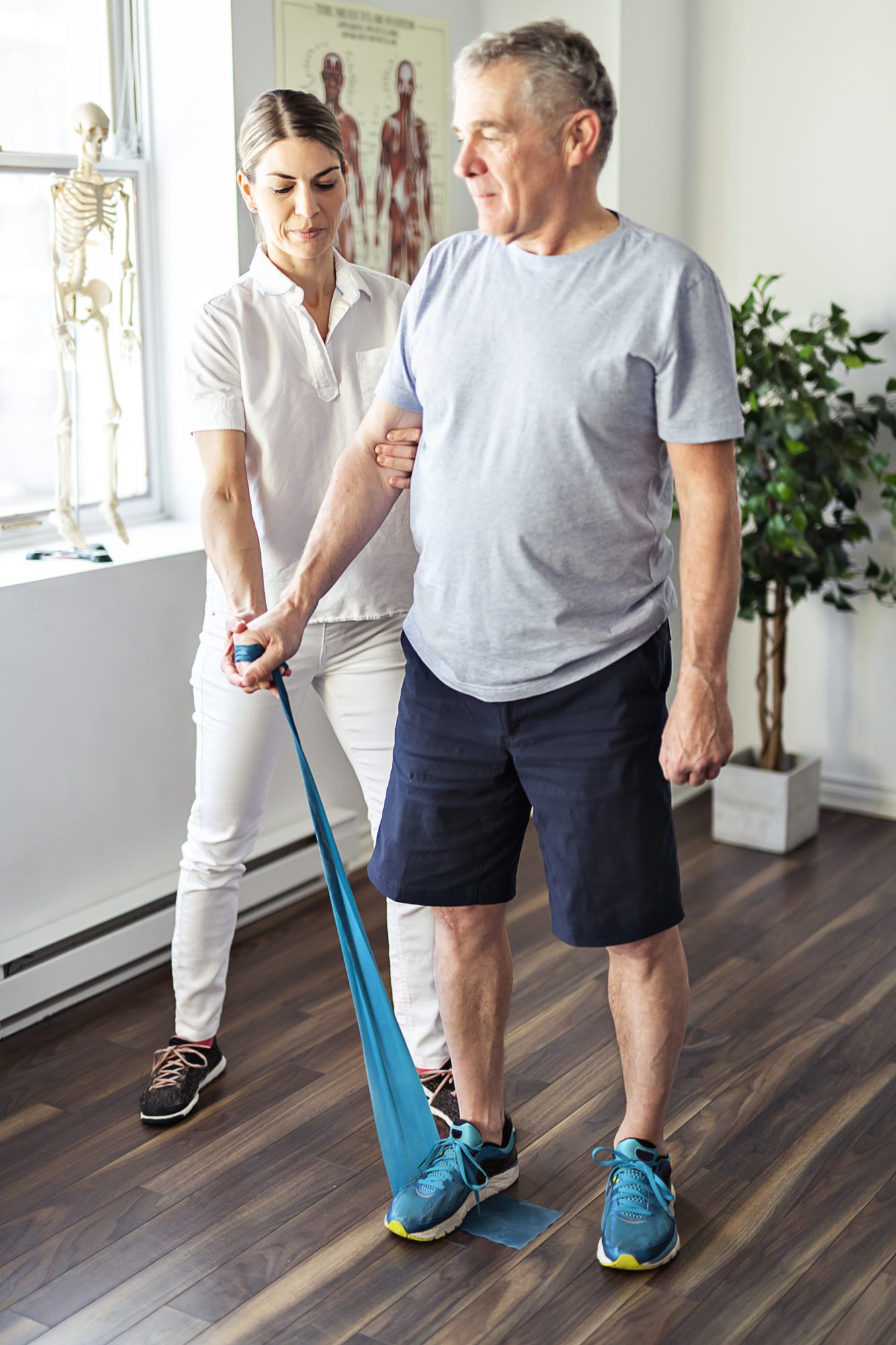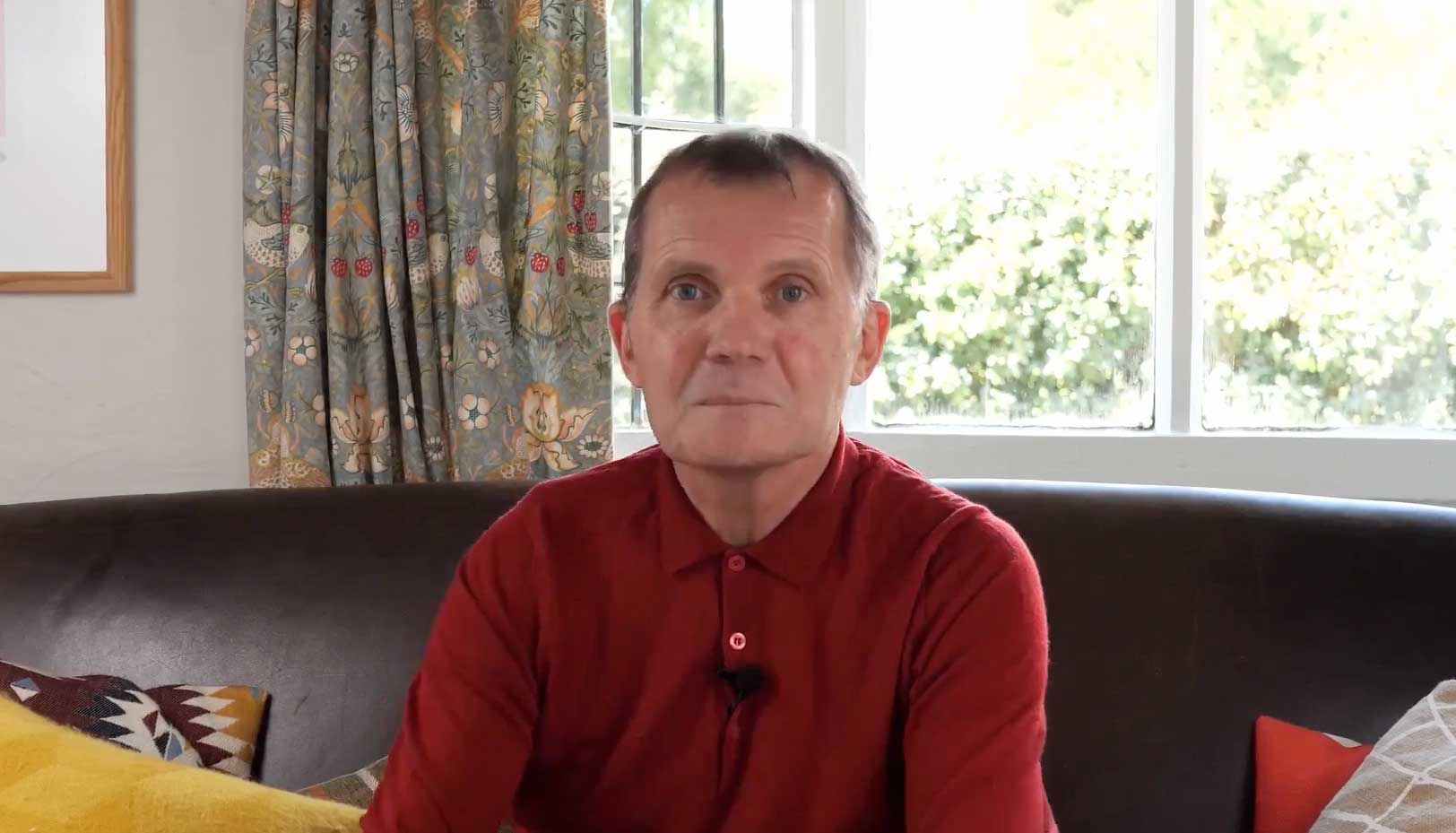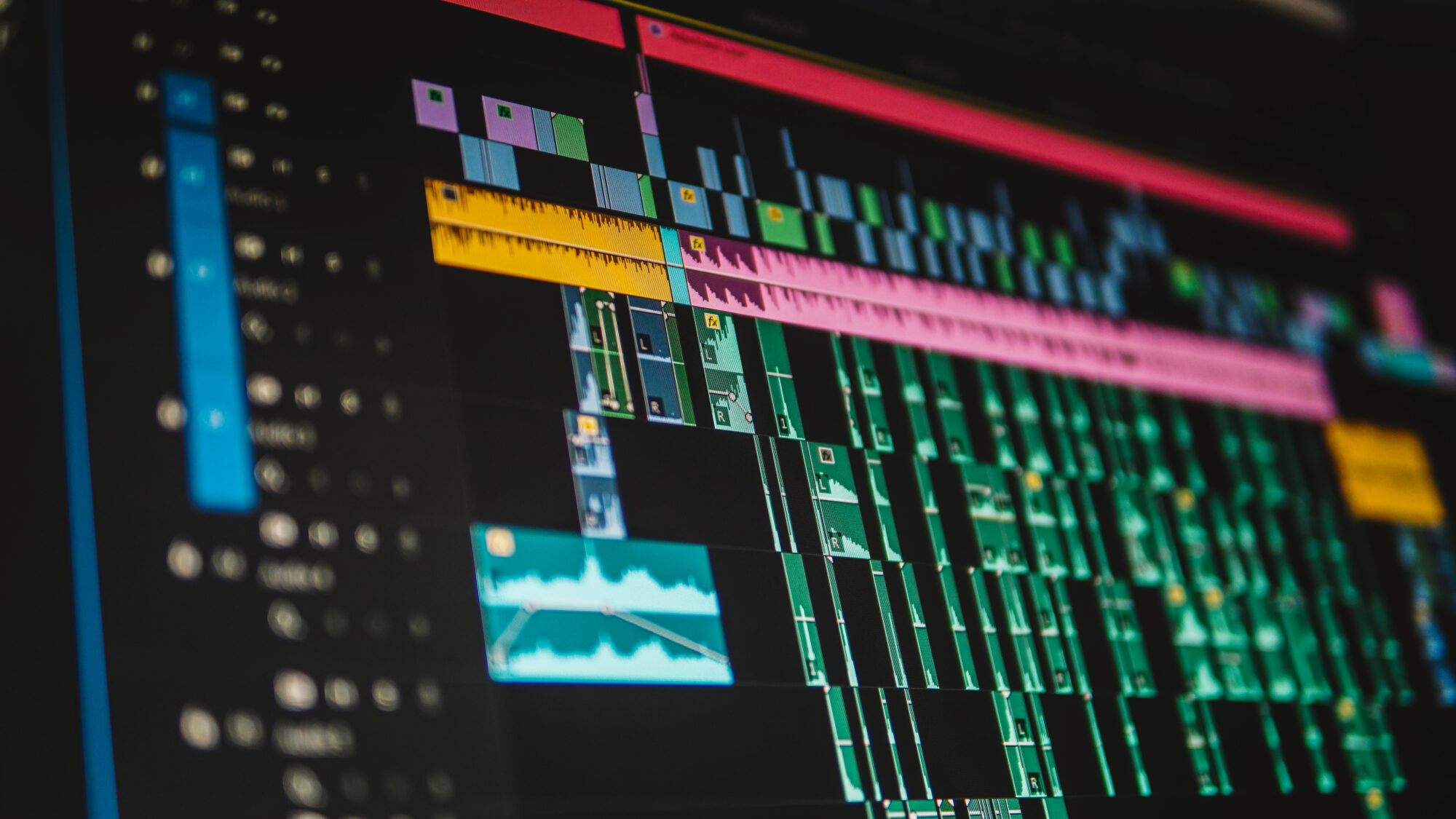
Explaining Video SEO
This is just over ten minutes of the basics of what we do and why it works. In essence, we research what you do, we look at who is looking for your products or services, and why. We look at your competition and the wider market and what is happening on a broader scale.
This enables us to produce a script covering the key elements that will attract both the search engines and customers and produce either as a traditional script for an actor or voice over artist to deliver, or as prompts that I can give while filming.
This can work as an interview or my part can be edited out, and this can work really well especially if the person being interviewed can get into a flow and speak with passion on their subject. And most people can with some gentle encouragement and we regularly produce longer and better clips than ever expected this way.
We make sure they still have the key researched, search important information included and that as part of an eloquent, passionate delivery from someone who genuinely cares is brilliant. Stutters and pauses and mistakes can all be edited out but we don’t want people to act as actors, we want them to appear real.
As this video reaches its conclusion it covers aspects more relevant to the medical industry and training, which are also covered in industry specific videos here, but they can have relevance for to other businesses too so I’ve included them here too.
Transcript below
This is to outline a little bit about what we do. We specialise in videos that are basically designed to get found. The idea is that we research the content. We look very closely at consumer intent and we understand what the person searching on Google is looking for. We bring keywords in, we do traditional SEO, and we also do schema. We use those skills to influence a script, and to help the person we’re interviewing or the product we’re talking about or anything like that to explain it in terms that people will understand, and will fit with search engines’ requirements.
The idea is that everything we produce is then converted into closed captions. Open captions for IGTV and a transcript as well as a video. This means that everything that we produce can be read by the search engines. The way we take that further is to introduce schema into a website where we’re able to do that. That enables us to take everything that we understand from the script, from the research process beforehand and to write that in code that is included in a website. So once the video is playing, it’s great, everything’s being shown. But when it’s not being played, that information is there for search engines all the time permanently. It’s rich snippets, if you like, key information that we want to get over that appears in boxes on search engines.
The difference is rather than where we do localisation for a company to search where they are for rich snippets. With this, you can put the whole transcript in. So the entire script is included in the schema that is there to be read by the search engines. Schema has been around for a long time. But as it stands today, it has been written primarily by Google, Yandex, Bing, and Yahoo. Collaboration to map everything in the world. Every business. On location, on the products that they sell, and what they offer. In four key areas, that has developed. It will develop across every business. At the moment, that works brilliantly for the medical sector health care included, and everything relating to that. Diet, fitness, absolutely everything.
It also works in the automotive sector. So you’re looking at a brands, automotive parts, accessories, the services, the various processes required. It works in literature with authors, and the information about a book. Its pricing and of the location. What categories it falls under. What area is it sold in. What country is it sold in. And the final one that we’re finding has been very, very useful over lockdown is retail. With retail, you can’t take everything into quite the same detail as you can with the medical sector. But you can optimise products on brand, price, sizing colour. All those key elements that are so important to help a purchase happen.
We’ve used it in a company in Bath who we’ve already produced video for, and traditional SEO for all of their products, and it was doing really well. The problem is, the business is very much service orientated. And people go to Gabucci because they like the service they get, and it’s almost like a tailoring service. That of course couldn’t happen during lockdown. The sales dropped away completely. We added schema to all the products that were available online. And we went from virtually no online sales. Just a couple of customers reordering products to 1,000 pounds a week of sales on shirts. It was absolutely phenomenal. And that’s the power of schema. It is really amazing. That really has nothing to do with video where there was an accompanying video, but really it was to drive sales during lockdown and it really, really worked. It’s quite amazing what it does.
The benefit in the health care sector which is important to us and obviously important people in the health care sector is that you can apply the schema to cover every kind of illness, every kind of condition that somebody is going to search about, every kind of cure. Alternative, traditional medicine everything. And related issues such as obesity, weight loss, nutrition, diet, fitness, absolutely everything. So yoga, and pilates two of my favourite things are very important. And play into this. We are able to link this to a specific practitioner. To a specific practice. So we can talk about an individual within a practice, and we can relate to what they specialise in. The particular drugs that they use if necessary. The treatments they use. Their specialisation even their backgrounds. All that can be brought in and we use that not just in video because obviously you don’t go into that much detail in the clips. But in the background information to help somebody find somebody we can use all that information in schema and write that into a website so that it is found.
We want the videos obviously to be quite short, effective, succinct, and to give a message across. But we do cover all four areas of learning within video where a client wishes to do so. This is quite important in the medical industry. There are applications for it in other industries definitely. We’re obviously covering visual and audio. That that’s pretty clear in what we do. But we also produce PDFs. Downloadable PDFs of the information on a subject we’ve been talking about, and that enables somebody to actually read the information. We also produce a transcript of the scripts, and put it on a website too so that somebody can automatically read that.
But to be able to actually download information we can fill that out with images, and all sorts of other information. It gives a really good means for somebody to understand something complex they’ve got a taste of from a video. We also look at written element by including a call to action on a video or in the information that goes along with it which enables somebody to actually type in some notes or even submit something they’ve written themselves on another document.
But basically, it enables them to engage with what the video is asking them or talking to them about. They can produce notes, they can produce questions, they can produce summaries of whatever it is they’re being affected by. And that information can then be submitted back to the medical practice, or equally it could be submitted to the garage about a problem with the car. But ideally, this is a way for the person who’s researching whatever issue it is they have to be able to write down. To explain exactly what they need to explain, which helps them there understanding themselves, and then to be able to submit that back to whatever business it is medical, or otherwise, that needs to understand that information, and this is a really good way of getting that over.
The final thing that we do on video of course is streaming or producing videos for training. Again, this can be in the medical sector where we can look at advice from an osteopath, from a pilates instructor, TRE, yoga, anything like that. A dietician. Also we can look at advice just in terms of simple fitness from a gym. We can cover all the sort of things. Now those can be streamed, or they can be downloadable. We can help you in terms of monetising them by charging for them possibly showing a little bit for free and then you have to pay for the subscription to take on a longer view or anything like that. It’s very simple for us to manage that for you in whatever means that you want. We can include marketing links. We can include landing pages, and also SMPTE-based email to ensure that the information gets out there to people and sticks within GDPR and all the rest of it.
The idea is to provide a service in terms of video, but make sure that what we’re talking about, what you’re talking about gets found. And then communicates to your consumer the information that they need to identify whether what you are offering is what they’re looking for. Or to at least get them to the point where they can consider it. And that should be the aim of video in marketing to actually help people find what they really need. And that very much is our aim. Thank you.





